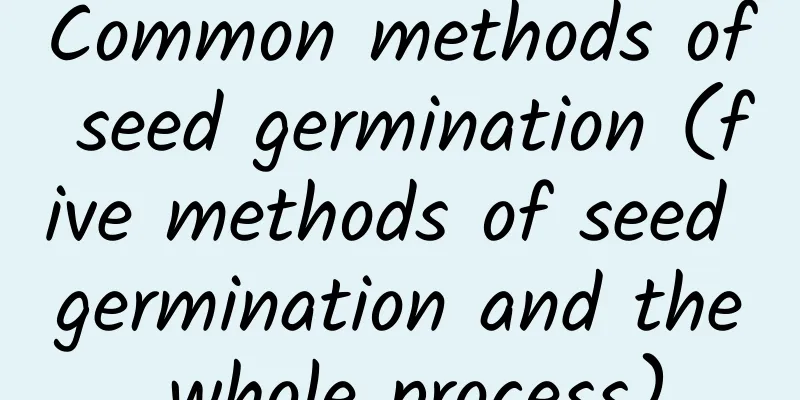Breeding methods and precautions of yellow cicada

How to breed yellow cicadaWateringYellow cicadas prefer high temperature and high humidity, so the soil should always be kept moist, especially from spring to autumn, when sufficient water should be maintained. Water should be controlled during the dormant period. If the plant is frostbitten, the amount of watering should be moderate, because it is difficult for plants in the recovery period to absorb nutrients. If you water too much, the plant will not be able to absorb it, and it will cause its roots to rot. temperatureThe yellow cicada is not cold-resistant and avoids frost. The minimum temperature in winter should be kept above 15℃. If the temperature remains low for a long time at 5-6℃, the branches and leaves will be damaged. soilYellow cicadas prefer fertile, well-drained soil, so peat soil or leaf mold should be used for potting. illuminationThe yellow canary is a strong light-loving plant and can survive in a semi-shaded environment, but it must be exposed to sunlight for at least 5 hours a day. FertilizationWhen planting yellow candied ivy, apply well-rotted cake fertilizer or garbage as base fertilizer. Apply compound fertilizer once before flowering in spring and during the peak flowering period in summer, which can promote more flowering and prolong the flowering time. During the growing season of the yellow cicada, fertilize once every 20 days to promote vigorous branches and continuous flowering. If the plant is frostbitten, stop fertilizing. Precautions for breeding yellow cicadaMaintain light intensityTo provide the yellow cicada with sufficient light, it is best to move it to outdoor sunlight in summer and place it indoors in direct sunlight in winter. Pay attention to the soil matrix when plantingThe yellow cicada prefers fertile and moist sandy loam to grow. It grows poorly in heavy clay soil and avoids waterlogging and saline-alkali land. Less watering in winterAlthough Huangchan prefers fertile and moist soil, the frequency of watering should be reduced appropriately in winter to keep the soil slightly moist. Controlling ambient temperature in summer and winterThe suitable temperature for the growth of yellow cicada is 18-30℃, and it can also grow normally above 35℃. The suitable temperature during the winter dormancy period is 12-15℃, and it cannot be lower than 10℃. If it is below 5℃, the plant will suffer from frost damage. |
<<: Cultivation methods and precautions of Piaoxiang vine
Recommend
How to fertilize dianthus? Fertilizing in this way will easily make the pot full of flowers!
Growth habit Dianthus prefers a sunny and warm en...
What is the best water for Clivia?
1. Tap water This is the most common option and d...
Where is oil sunflower suitable for planting?
Sunflower planting area Generally, sunflowers gro...
How to grow cyclamen
Farming methods Soil selection The culture soil f...
The easiest way to grow ginger
Ginger is one of the common condiments and medici...
How to deal with cyclamen after flowering
1. Pruning After the flowering period in May and ...
How to grow green flower hibiscus
1. Soil It is best for the green-flowered fuchsia...
How to propagate lucky grass
1. Time Selection Generally speaking, we choose t...
What fertilizer is suitable for tomatoes?
Tomato fertilization time The main method of fert...
Azalea and Money Tree...If this kind of branches grow, cut them off immediately so that the flowers can grow stronger and bloom continuously!
If your money tree grows leggy branches, cut them...
How to grow Schefflera in winter
1. Do not water heavily When raising plants in wi...
Gastrodia elata planting conditions Planting environment and climate conditions
Introduction to Gastrodia elata Gastrodia elata i...
Can chicken manure be used as flower fertilizer?
Can chicken manure be used as flower fertilizer? ...
Common pests of monkey orchid and their control methods
Common pests of monkey orchid: aphids Symptoms of...
Can mosquito repellent grass be grown hydroponically?
Can mosquito repellent grass be grown hydroponica...









